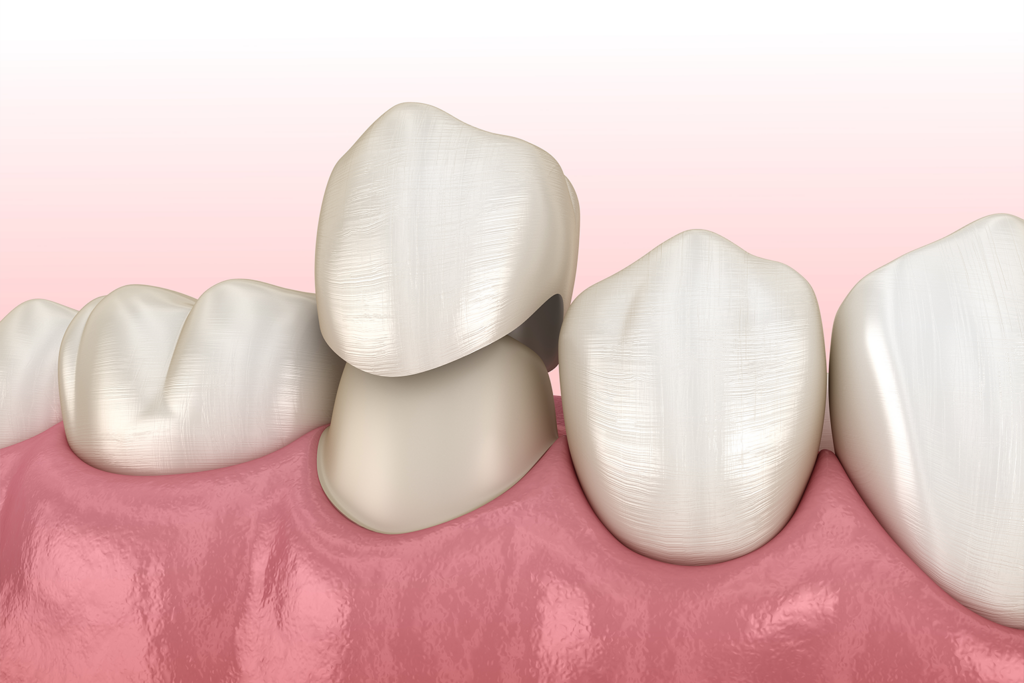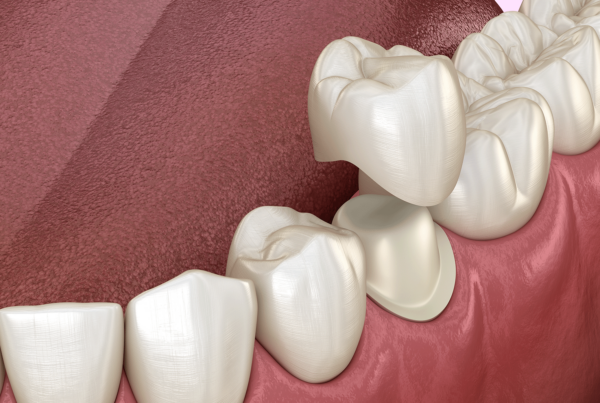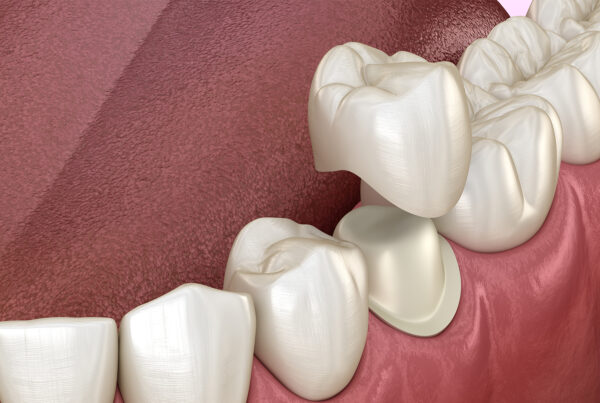Dental crowns are incredibly common dental procedures that can help protect, strengthen, and restore your teeth. Whether you’re looking to fortify a weak tooth, preserve a cracked tooth, or improve the aesthetic of a misshapen tooth, dental crowns can be the perfect solution. From state-of-the-art materials like gold and porcelain to thorough preparation and placement, I’m here to provide you with all the details you need to make an educated decision about dental crowns.Read on to learn more about dental crowns and why they may be the best choice for you.

What Is A Dental Crown?
Dental crowns can be an excellent solution for protecting and restoring your teeth. Whether you’re looking to fortify a weak tooth, repair a chipped or cracked tooth, or even replace a single missing tooth, a dental crown may be the perfect choice. Today’s materials come in a variety of colors, shapes, and sizes, so it’s easy to find one that looks natural and complements your other teeth. And with proper care, a crown can last for many years, providing protection and strength to the affected tooth. Plus, due to advances in dentistry, the process of getting a crown is quick and comfortable, so you don’t have to worry about any pain or discomfort. Let’s take a look at how a dental crown is made and how the procedure works.
How Are Dental Crowns Made?
Dental crowns are custom-made for each individual’s mouth and are crafted from durable materials like metal, porcelain, or a combination of both.
- The first step in creating a dental crown is to take an impression or mold of your tooth. This allows the crown to be made precisely to match your natural teeth. Depending on the type of crown chosen and the material used, the crown might require one or more visits to the dentist.
- Once the crown is ready, your dentist will place it over the prepared tooth and make any necessary adjustments for comfort and aesthetics.
- The crown is then permanently bonded with a special adhesive and polished to look as natural as possible.
With a dental crown, you can enjoy the peace of mind that comes with knowing that your tooth is now protected and much stronger. Plus, you can have the confidence of knowing that your smile looks beautiful and natural! Whether you need a dental crown to restore a damaged tooth or to replace a missing one, you can be sure that with the proper care and attention, it will last for many years. Investing in dental crowns today can help ensure your oral health for years to come.
What Materials Are Used To Make Dental Crowns?
When choosing a dental crown, it’s important to understand the different materials available and how they may benefit your oral health. Here is a quick summary of the most common materials used to make dental crowns:
• Gold: Gold dental crowns are incredibly durable and are designed to last for many years. They are also resistant to wear and tear, making them a great choice for teeth that experience significant amounts of grinding or pressure.
• Porcelain: Porcelain crowns offer strength and durability similar to gold, but with the added benefit of a natural look that can blend with your other teeth.
• Zirconia: Zirconia is a strong, lightweight material that is often used for back teeth because of its strength and durability. It also provides a natural look, In addition, it is not prone to discoloration over time like other materials.
• Composite: Composite crowns are made from a combination of porcelain and plastic-based materials and are designed to offer a natural appearance that blends in with your other teeth. They can be more affordable than other types of crowns and provide strength and durability.
No matter which material you choose, rest assured that your crown is designed to protect and strengthen your tooth, making it a great long-term investment for your oral health.
How Are Dental Crowns Used?
Here is a quick overview of how dental crowns are used:
• To restore a damaged tooth: Dental crowns can be used to repair cracked, chipped, weakened, or decayed teeth. Crowns can provide strength and protection to these teeth, helping to prevent further damage.
• To replace a single missing tooth: A dental crown can also be used in place of a missing tooth, known as a bridge. This can be an excellent solution for people who only have one tooth missing.
• To bridge multiple missing teeth: A bridge is a type of prosthetic device that consists of two or more crowns attached by a false tooth or teeth, also known as pontics. This is a great solution for larger gaps in your teeth and the crowns can be made to look natural and blend in with the surrounding teeth.
• To restore a dental implant: A dental implant is an artificial tooth root that is surgically placed into the jawbone and can be used to replace a single missing tooth or multiple missing teeth. A crown can then be placed over the implant, providing a secure and long-lasting solution for your smile.
No matter why you need a dental crown, they provide strength, protection, and beauty to your smile.
In Conclusion
From restoring damaged teeth to replacing missing teeth, dental crowns provide a convenient and versatile solution for your oral health. With a variety of materials and colors to choose from, you can find a crown that looks natural and complements your other teeth. Plus, today’s advances in dentistry make getting a crown easy and comfortable. Investing in a dental crown can give you the confidence of knowing that your smile looks beautiful and your tooth is now secure and likely to last for many years. Talk to our dentist today to learn more about how a dental crown can benefit you.








